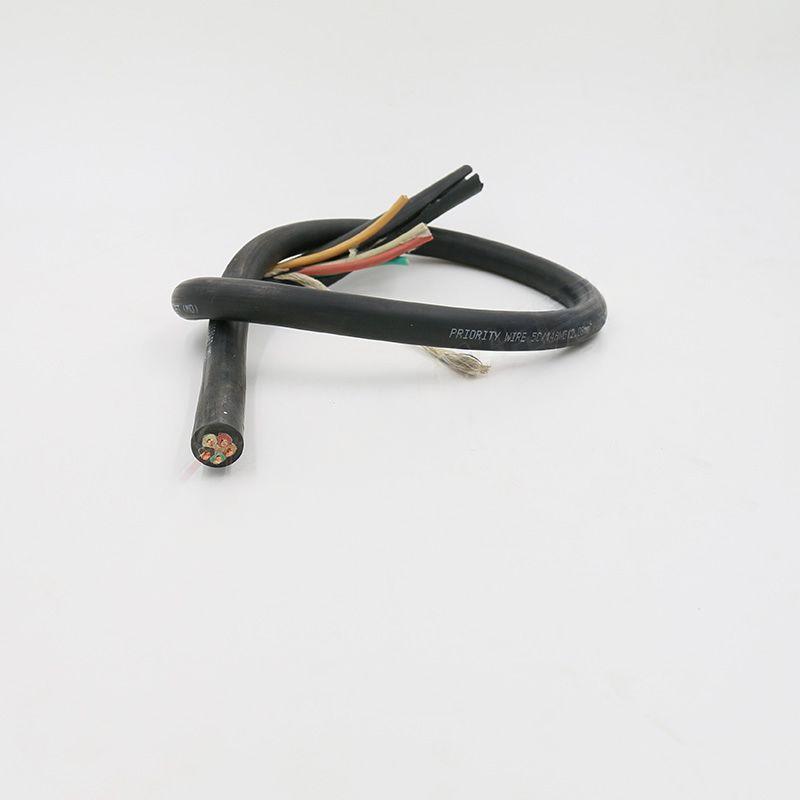Aug . 29, 2024 04:08 Back to list
Concentric Lug Type Butterfly Valve - Durable and Reliable Flow Control Solutions
Understanding the Concentric Lug Type Butterfly Valve
The concentric lug type butterfly valve is an essential component in many industrial applications where flow regulation and control are critical. This kind of valve is designed to manage the flow of liquids and gases, providing an efficient and reliable solution for various systems, including water treatment plants, oil and gas industries, and HVAC systems. Understanding its design, functionality, and advantages is vital for professionals in the field.
Design Features
A concentric lug type butterfly valve features a circular disc mounted on a shaft at its center, which regulates flow through a pipe by rotating around its axis. The term concentric indicates that the disc's pivot point is aligned with the flow pathway, ensuring minimal disruption to the fluid dynamics. The lug type denotes the presence of lugs—protruding elements that facilitate bolting the valve to the pipe, allowing for easy installation and maintenance.
One of the notable characteristics of this type of butterfly valve is its simple yet effective design. The streamlined shape of the disc allows for quick opening and closing, providing an efficient means of flow control. The body is typically made from materials such as cast iron, stainless steel, or PVC, ensuring durability and resistance to corrosion for different applications.
Functionality
The operation of a concentric lug type butterfly valve is straightforward. When actuated, the disc rotates 90 degrees, either allowing or stopping the flow. In the fully open position, the disc is parallel to the flow, resulting in minimal pressure drop and turbulence. Conversely, when closed, it creates a tight seal against the valve seat, preventing backflow.
concentric lug type butterfly valve

These valves can be operated manually with a handle or automatically with the help of pneumatic or electric actuators. Their quick operation and high sealing capabilities make them ideal for situations where prompt flow regulation is necessary.
Advantages
One of the primary advantages of concentric lug type butterfly valves is their space efficiency. Their compact design requires less installation space compared to other valve types, making them suitable for applications in confined areas. Additionally, their lightweight structure contributes to easier installation and reduced support requirements.
Furthermore, these valves are known for their cost-effectiveness. They generally have lower manufacturing and installation costs compared to other valve types, making them a preferred option in various industries. Their maintenance is also relatively simple, contributing to lower long-term operational costs.
Another significant benefit is their versatility. Concentric lug type butterfly valves can be used in a wide range of services, including water, wastewater, chemicals, and gases, making them adaptable to different operational conditions. Their ability to handle both low and high-pressure applications adds to their appeal for industrial solutions.
Conclusion
The concentric lug type butterfly valve is a critical component in fluid control systems across various industries. Its efficient design, straightforward operation, and cost-effectiveness make it a popular choice for many professionals. By understanding its features and benefits, operators can make informed decisions about incorporating this type of valve into their systems, ensuring optimal performance and reliability in flow management. Whether for water treatment or industrial processes, the concentric lug type butterfly valve represents a smart investment in operational efficiency.
Share
-
Reliable Wafer Type Butterfly Valves for Every IndustryNewsJul.25,2025
-
Reliable Flow Control Begins with the Right Ball Check ValveNewsJul.25,2025
-
Precision Flow Control Starts with Quality ValvesNewsJul.25,2025
-
Industrial Flow Control ReliabilityNewsJul.25,2025
-
Engineered for Efficiency Gate Valves That Power Industrial PerformanceNewsJul.25,2025
-
Empowering Infrastructure Through Quality ManufacturingNewsJul.25,2025